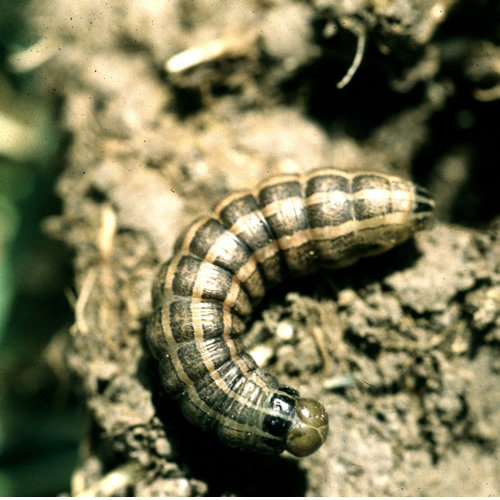

While your plants are a great meal for cutworms, cutworms are a tasty treat for birds, fireflies, and spiders. You can also attract predators that eat cutworms. This type of barrier can keep out cutworms and other similar types of ground-crawling pests. The collar should be like a wall around the plant and should stand several inches tall at least, as well as going a few inches into the ground to stabilize it. Plant collars can be made from cardboard, aluminum foil, or an empty paper towel roll. A more literal barrier can mean growing your plants in a raised garden bed or making a plant collar.

A border of dry earth around your garden can dissuade cutworms from entering. This barrier can take a few different forms. If you expose some cutworms or just happen to spot a few in your garden, you can remove them by hand.Ĭreating a barrier between the plants and potential pests also does wonders. Tilling your garden exposes them to the elements, so you’ll be dealing with far fewer than you normally might. Cutworm larva lives under the soil, which protects them from freezing during winter. Till your soil before you plant at the beginning of spring and again at the start of fall. How to care for crocosmia – get stunning red and orange flowers all summer longīlazing stars will fill your summer garden with color: A liatris care guide In late summer and early fall, the moths return to the plains to lay their eggs in wheat fields and other cultivated areas.How to grow lavender from seed to keep your garden and your home smelling fresh These moths are the “millers” that become a household nuisance following outbreaks.

Moths emerge in May and June and migrate to higher elevations to escape high summertime temperatures.

As daytime temperatures rise, the army cutworm feeds more frequently at night and is found under soil clods or debris during the day. Eggs hatch in the fall following a rainfall, and early-stage caterpillars live through the winter, feeding on warmer days. The army cutworm has one generation per year. The larvae are the damaging stage of the army cutworm and are 1.5 to 2 inches long with two orange and dark stripes down their sides and one white stripe down their back. Noctuid moths are commonly active during the night and hide in vegetation at or just below soil level during the day. During outbreak years they can cause extensive damage in alfalfa, corn, wheat, and numerous other crops.įamily: Noctuidae Description and LifecycleĪs adults, they are grey-brown moths, with a distinct circle and kidney bean shaped pattern on their wings. Army cutworm adults are commonly known as miller moths and become a household nuisance following outbreaks.


 0 kommentar(er)
0 kommentar(er)
